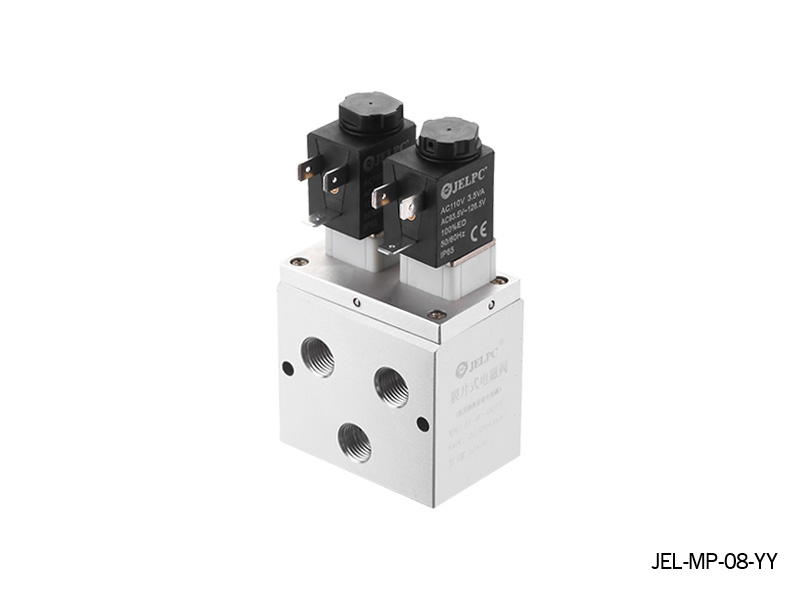(1) The regulating valve does not operate. Reason: There is no signal pressure or the diaphragm is broken, the diaphragm is leaking, the diaphragm thrust is reduced; the valve core and the valve seat or bushing are stuck, the valve stem is bent and other reasons make the regulating valve unable to move. Solution: Connect the signal line and the air supply connector firmly or replace the diaphragm; straighten the valve stem or replace the valve stem.
(2) The regulating valve operates normally, but it has no regulating effect. Reason: The valve core is off or the pipeline is blocked. Solution: If the valve core falls off, connect the valve core and the valve stem firmly, and contact the competent department to clear the pipeline if there is a problem with the pipeline.
(3) Sluggish or beating action of the regulating valve. Reasons: the aging or dryness of the sealing packing increases the friction between the valve stem and the packing; the valve body contains highly viscous dirt and clogging, coking, etc.; the diaphragm and the "O"-shaped sealing ring are also leaking. Solution: replace the sealing packing, readjust it; remove dirt, coking, etc.; tighten the membrane head, or replace the membrane and O-ring.
(4) The control valve is unstable or oscillates. Reason: The diameter of the regulating valve is too large; the flow direction of the single-seat valve medium in the valve is the same as the closing direction. The valve core and guide sleeve are severely worn. Solution: Replace the valve with the proper valve diameter; adjust the valve direction; improve the joint surface (grinding) or replace the valve core and guide sleeve.

No 1.Xingjia Road, Pneumatic industrial park, Xikou,Ningbo, Zhejiang Zip code 315502
+86-574-88869818
+86-574-88869826
+86-574-88869817
+86-574-88869816
+86-574-88869833
royshan@jelpc.com

Copyright Ningbo Jiaerling Pneumatic Machinery Co.,Ltd.. All Rights Reserved.
China Proportional Valves Manufacturers